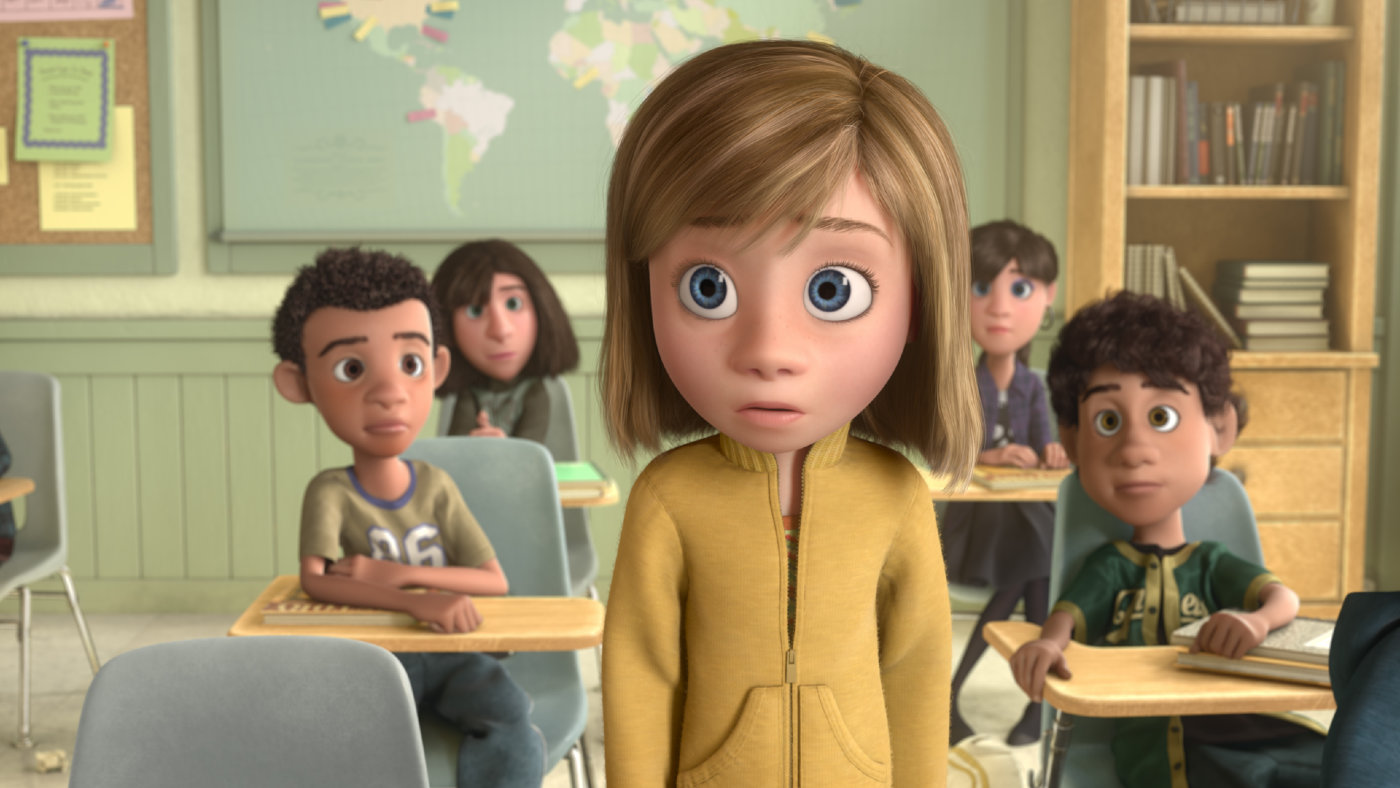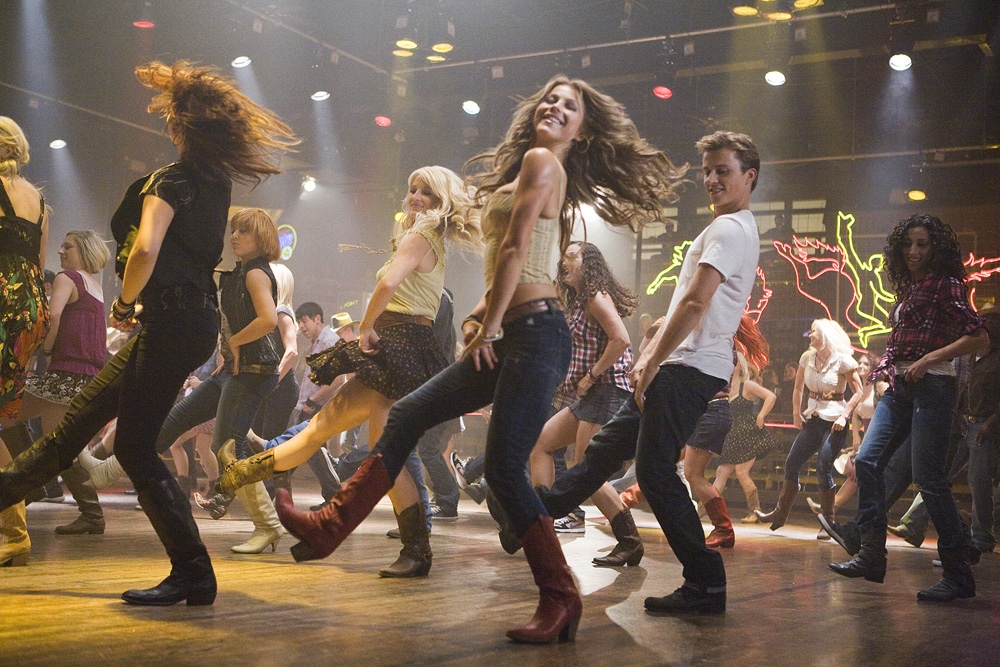Cars 2 (2011), Brave (2012), Monsters University (2013), No film?! (2014). It wasn’t just that Pixar hit a dry spell following Toy Story 3; I truly believe Pixar had changed – changed into a company in which “good enough” was suddenly the standard. “Excellence? Meh. We’ve done excellence. C’mon, we’re part of Disney now; all we have to do is be as good as Frozen and we can still win awards.” Yeah, tell me how much people are enjoying The Boxtrolls and Bolt a decade from now; those films were also “good enough.”
Finally, I think Pixar is back on track with Inside Out. Whew. It’s about damn time.
Now, I might be too close to this one … father of an only child daughter … both of us skate, like our protagonist and her dad … and I’m very, perhaps overly, attuned to her feelings and fully aware of the idea that you can be your own worst enemy or your own best friend; it’s second nature that emotional control is often the key to both. It’s fitting that a film specifically about emotion should elicit the biggest sobs of the year. Hug your loved ones closely afterwards, for this film may well turn them Inside Out.
Riley (voice of Kaitlyn Dias) is an 11-year-old kid ruled by five emotions: Joy (Amy Poehler), Sadness (Phyllis Smith), Fear (Bill Hader), Disgust (Mindy Kaling) and Anger (Lewis Black). Most of Inside Out takes place entirely within Riley’s head – imagine the personification of elements running the hypothalamus and you’ve got a fair idea of what’s happening. The emotions run Riley Central; they’re all neatly color-coded for our benefit. Joy heads the Riley response division, making sure most of her memories, and especially the core memories, are sunny bright yellow. Riley herself, however, has been uprooted from a house in wintry hockey-lovin’ friend-existing Minnesota to one of those inner city squeezed vertically San Francisco flats itchin’ for gentrification.
Going from house, yard, and friends to walls shared with strangers, a new school and a dirty sidewalk is a bummer. Now that’s universal; it’s like going from the state of mind that enjoys chocolate to the state of mind that enjoys beer. You can learn to appreciate the latter, but it’s not happening right off the bat. And within Riley, Joy starts to lose control. Exacerbating matters, Sadness starts touching everything, including the core memories. Use your words, Sadness.
When the core memories accidentally get flushed, Joy and Sadness go after them, leaving Anger, Fear and Disgust in control of uprooted Riley’s emotional center. If this doesn’t sound familiar, it’s possible you’ve never been a kid … either that, or I envy you as much as  a person can be envied. I’ll elaborate no further as my thoughts here can only come off as bitter and petty.
a person can be envied. I’ll elaborate no further as my thoughts here can only come off as bitter and petty.
Inside Out is fantastic at representing emotional inner-conflict; it’s almost spot-on scary in its metaphorical representation of lost memories, lost friends, lost priorities. Some of these things do fall off a proverbial cliff, never to return. Oh, and check out emotional central of mom (her hypothalamus group resembles “The View”) and dad (his central looks more like a Man Cave between periods on game day).
There is no shortage of invention in this movie – the literal Train of Thought, the Abstract Zone, the depiction of interior memory dump flunkees constantly sending a bubble gum commercial jingle to the forefront. This is great stuff; I emerged from Inside Out not only having cried myself happy, but desperately wishing I could fast forward to the inevitable sequel. For me, it cannot happen soon enough.
♪I’m regulating your heartbeat inside of me
I keep the memories of both joy and dread
Livin’ in the vast interior
Completely inside your head
I’ve been waiting for the bell to ring all day
School can’t let out soon enough
Don’t why we moved all this way
Gonna give the ‘rents quality gruff
Oh I remember the Minnesota home
Why did we ever roam?
Oh we get so emotional baby
Every time there’s something new
We get so emotional baby
Can’t help suggest what you should do
Can’t help suggest what you should do
Can’t help suggest what you should do♫
Rated PG, 94 Minutes
D: Pete Docter, Ronaldo Del Carmen
W: Meg LeFauve, Josh Cooley and Pete Docter
Genre: “Dad, Pixar is making us cry again.”
Type of person most likely to enjoy this film: Those of us who wondered where Pixar had gone
Type of person least likely to enjoy this film: “There’s no villain”
♪ Parody inspired by “So Emotional”



